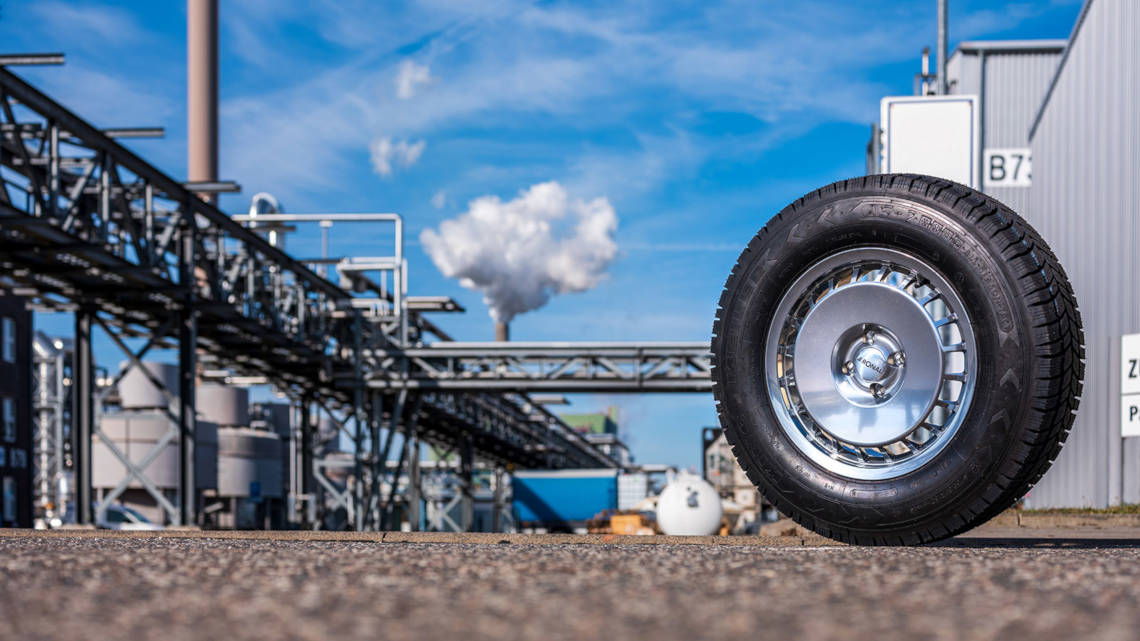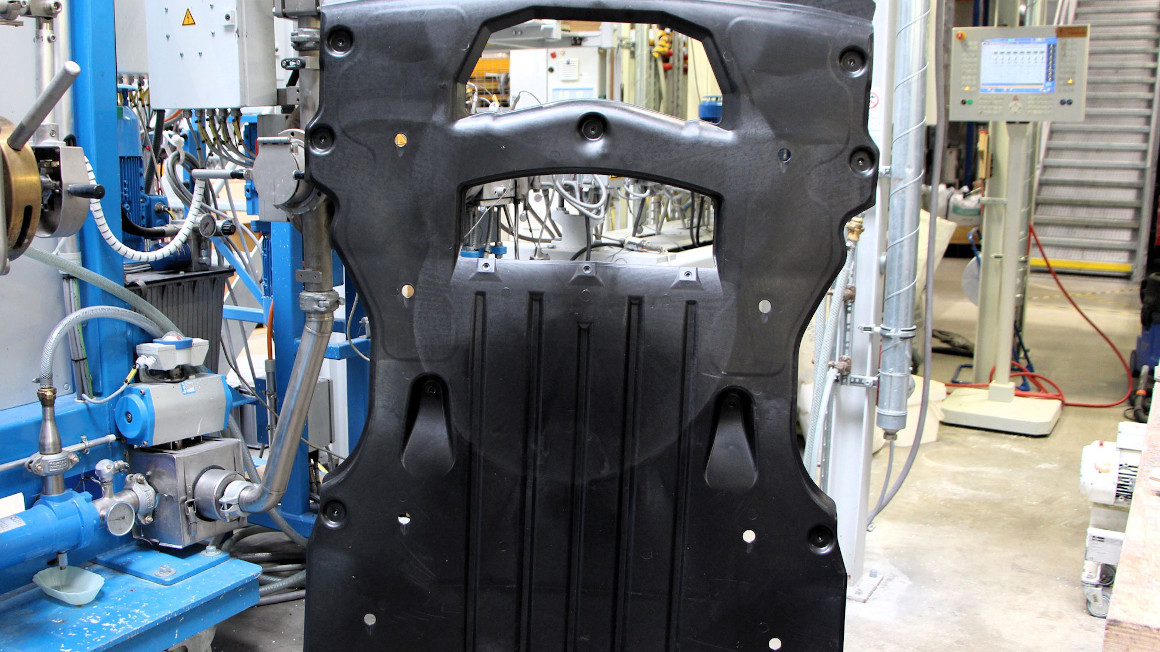A better rubber
Fraunhofer researchers have developed an artificial alternative to natural rubber - with superior properties.

So far, nature has been unsurpassed: When it came to abrasion-resistant treads for vehicle tires, there was no way around natural rubber. In this respect, the material obtained from rubber trees dominates the market. However, a fungal infection is currently destroying large parts of the plant on the Brazilian plantations. If the disease also spreads to the Asian cultivation regions, a global shortage of rubber could be the consequence. Just in time, researchers from several Fraunhofer Institutes have developed an alternative that they presented at the annual conference of the German Rubber Society in Merseburg on April 4, 2019.
Dandelion rubber research
"Our synthetic rubber BISYKA – that’s a German abbreviation for “biomimetic synthetic rubber” – actually has superior characteristics to natural rubber," says Ulrich Wendler, who heads the project at the Fraunhofer Pilot Plant Center for Polymer Synthesis and Processing PAZ in Schkopau. The researchers have copied a lot from nature, especially from dandelions. Dandelion rubber, like tree rubber, is made up of about 95 percent polyisoprene as well as proteins and lipids. But instead of seven years, the generation succession is only three months, which significantly shortens experiments.
Relevant biomolecules identified in natural rubber
Initially, the project partners of the Fraunhofer Institutes IAP, IMWS, IME, IWM and ISC analyzed which proteins and lipids have a significant influence on the abrasion behavior of tires. From these biomolecules and functionalized polyisoprene, the researchers produced several rubber variants and tested their properties. They also replaced the carbon black that is usually added to tires with novel silicates. An independent external partner finally tested four car tires made of BISYKA rubber in practice.
Partner sought for commercialization
The result is compelling: Compared to natural rubber tires, the newly developed tire lost about a third less weight and only half as much tread depth during the driving tests. In addition, the rolling resistance with class B was higher than that of the C-rated natural rubber tires. "So far, we have only carried out initial tests with the BISYKA tire blend, but they are extremely promising. As the next step, we want to further optimize the BISYKA rubber," Wendler explains. The main focus is on the proportion and composition of the organic components. The formulation of the tread compound for truck tires is also to be adapted to the new rubber. At the same time, Wendler and his team are looking for industrial partners to bring the product to market.
bl/um


